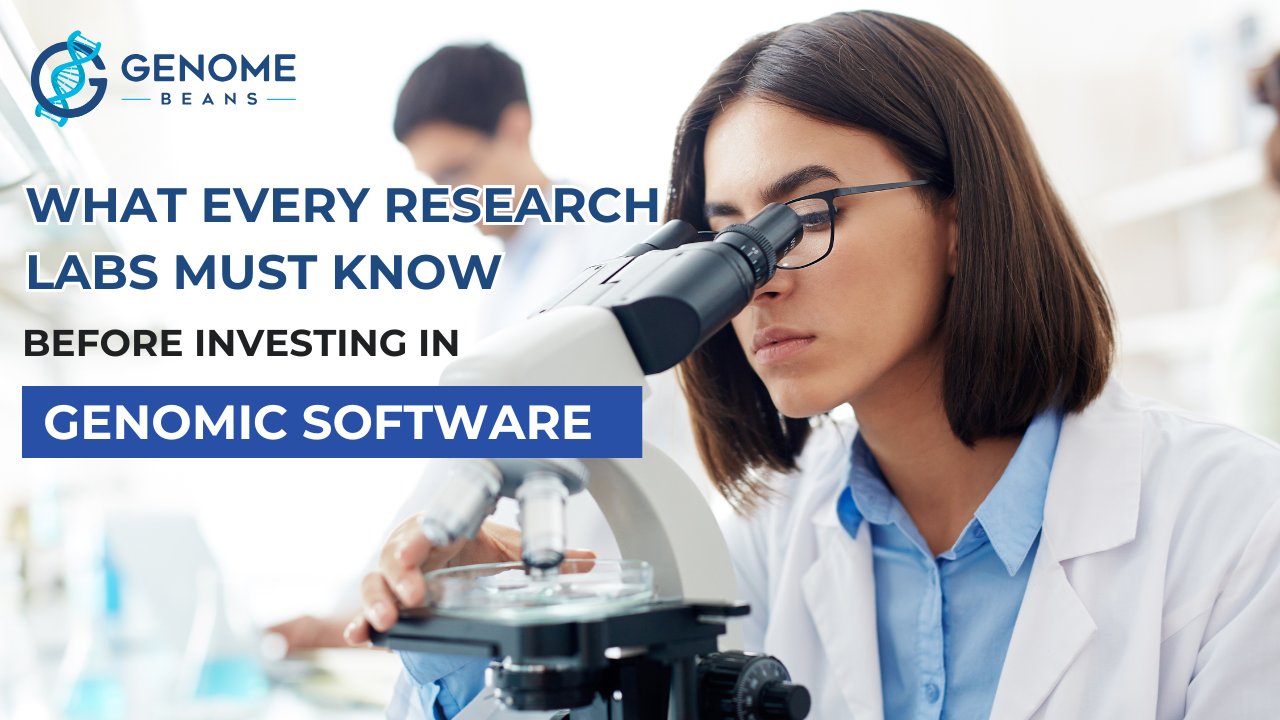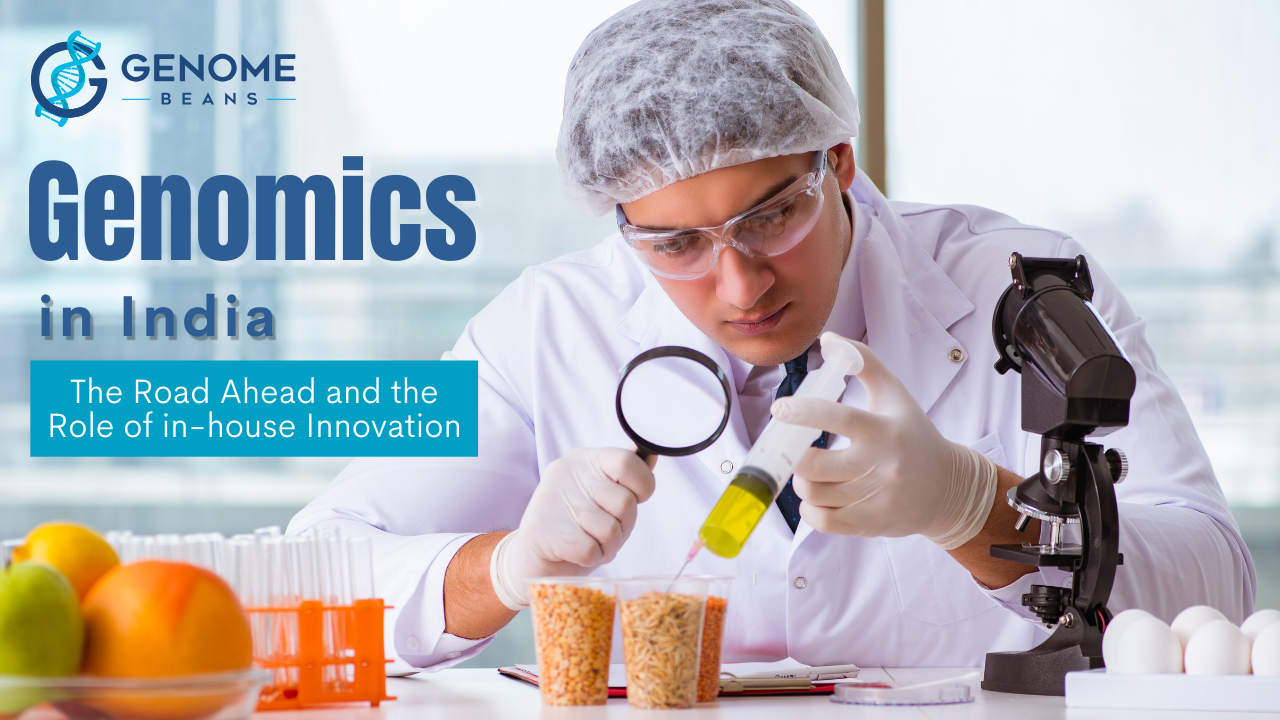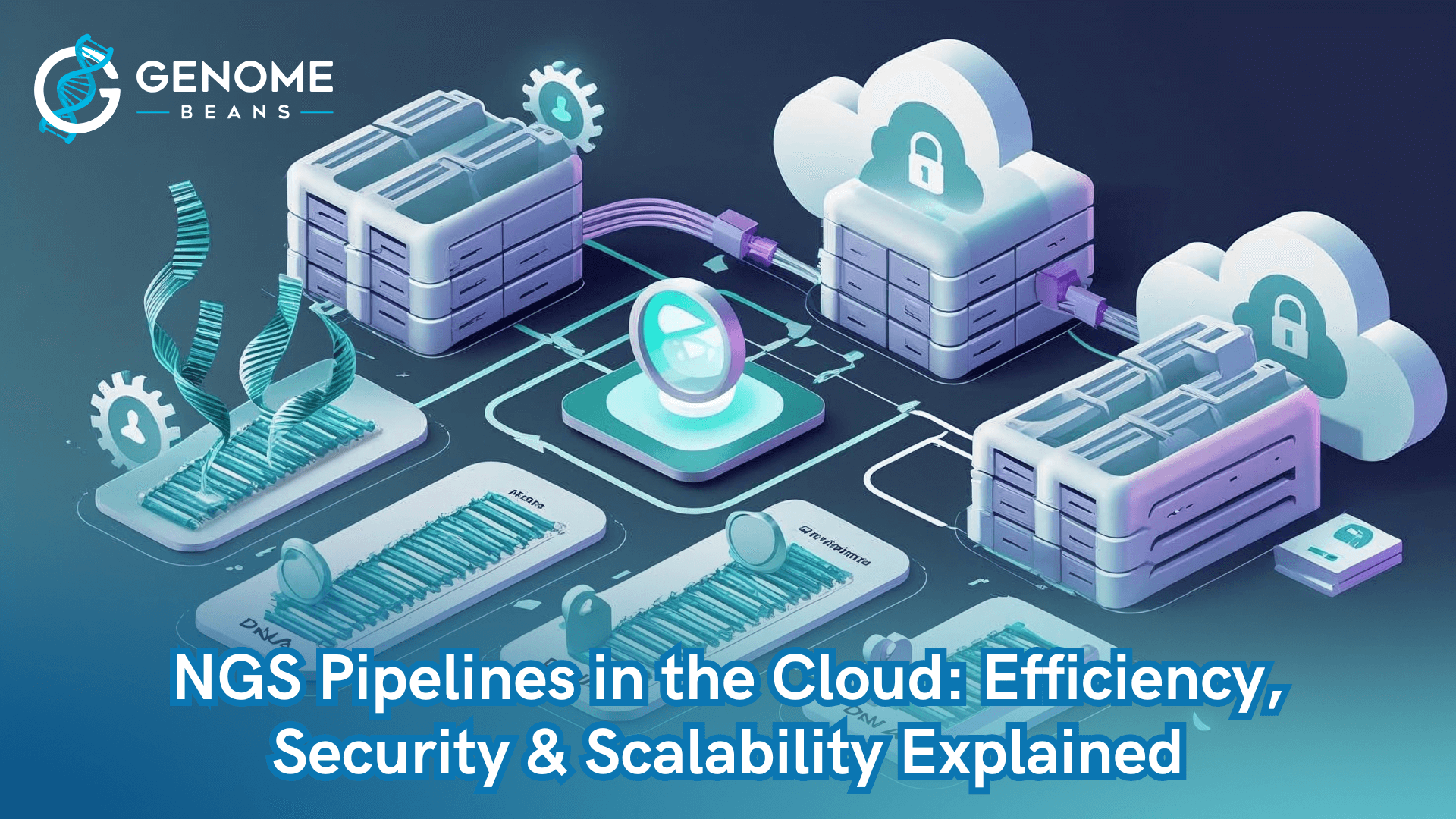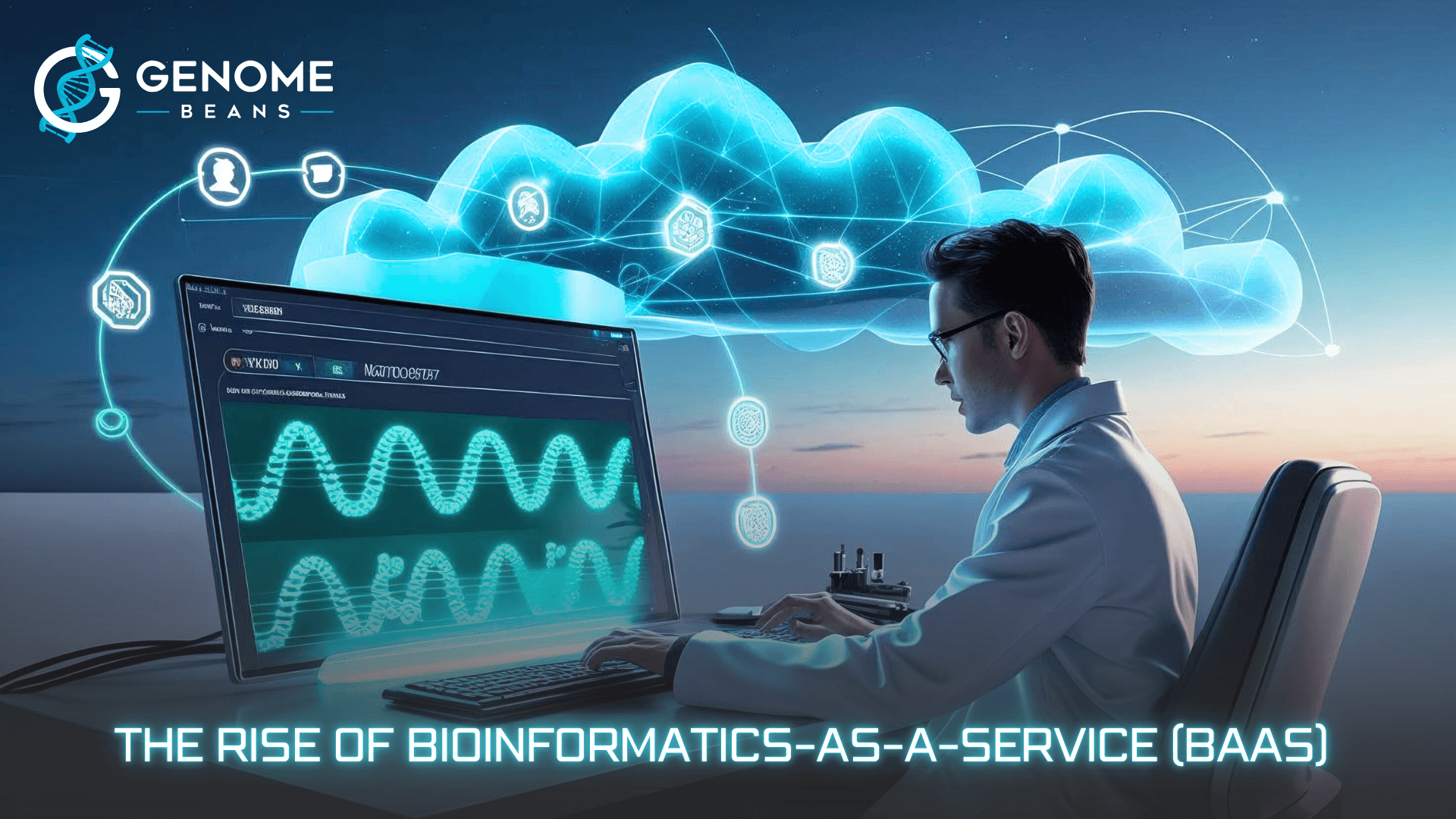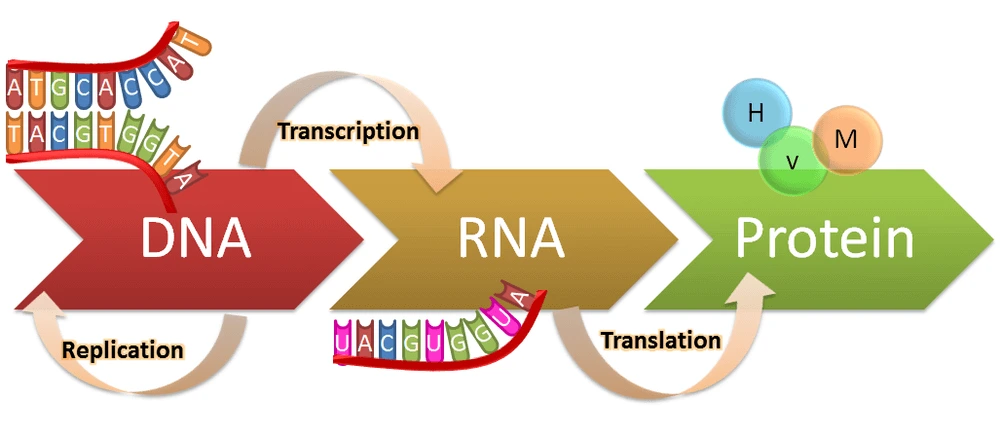Bridging the Gap Between Wet Lab and Data: The Role of Genomebeans Platform
Key Takeaways:
- Complex bioinformatics tools create a gap between wet lab work and NGS data analysis.
- User-friendly platforms help researchers troubleshoot and analyze data without coding skills.
- Real-time QC detects issues like low-quality reads early, preventing wasted experiments.
- Automation and standardization improve reproducibility across experiments and teams.
- Cloud-based tools enable seamless collaboration and analysis, even without in-house infrastructure.
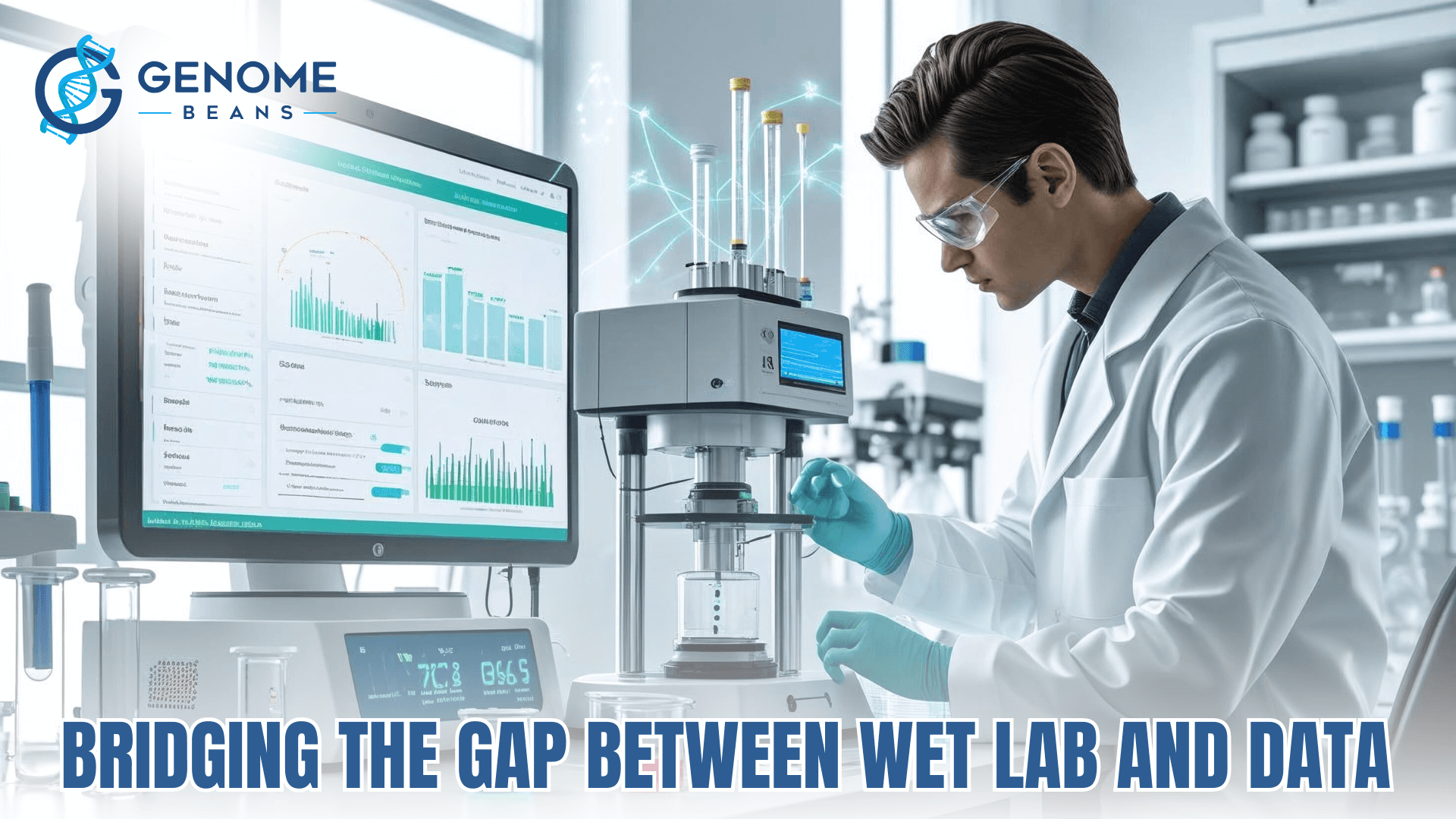
Introduction
Next-generation sequencing (NGS) has transformed biological research, but a critical gap remains between data generation in the wet lab and downstream bioinformatics analysis. While sequencing is faster and more affordable, interpreting the data is still complex and often inaccessible to non-programmers.
The NGS Bottleneck
Researchers often generate data and then face delays waiting for bioinformatics support. This lag is typically due to the lack of easy-to-use tools that wet lab professionals can operate independently.
Limitations of Traditional Tools
Command-line and open-source tools are powerful but not ideal for non-technical users. Without clear visualizations or guided outputs, massive FASTQ files often go unprocessed, wasting time and effort.
The Rise of Intuitive Platforms
Modern genomic platforms offer:
- User-friendly interfaces for managing pipelines
- Drag-and-drop workflows
- Real-time QC modules for instant issue detection
- Consistent and standardized outputs
These features allow researchers to troubleshoot and validate experiments on their own, improving efficiency and confidence in results.
Benefits of Real-Time Feedback
Detecting low-quality reads or contamination early reduces the need for repeat sequencing. This proactive insight improves experiment planning and saves resources.
Automation and Reproducibility
Automated pipelines ensure consistency and reduce human error. Standardized environments support reproducible results—crucial for collaborative and published research.
Cloud-Based Accessibility
Cloud platforms make advanced genomic analysis accessible to labs without dedicated infrastructure. Features like scalable storage, collaboration tools, and secure access enhance flexibility and teamwork.
Conclusion
Bridging the wet lab–data gap requires intuitive, automated, and collaborative platforms. Empowering researchers with the right tools ensure faster insights and more effective discoveries.



